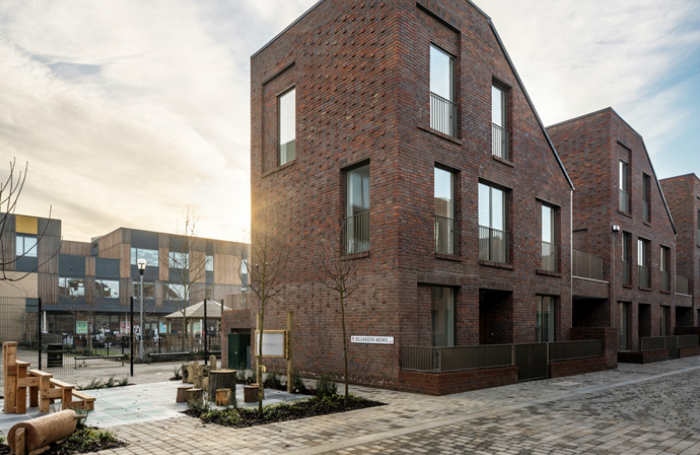The government will be introducing a number of key policy changes to the National Planning Policy Framework (NPPF) over the coming months. These changes are being rolled out to reinforce the Government’s commitment to speed up the delivery of new housing across the country.
This follows on the heels of the publication of the Housing White Paper: ‘Fixing our Broken Housing Market’ in February, which set out a broad range of measures to help reform the housing market and increase the supply of new homes in the short term and in the right places.
The ambition to increase housing densities may lead to an emphasis on making the most efficient use of land to ensure that new homes are not built at the low densities favoured by many house builders. The government is particularly keen to ensure that densities will be maximised around commuter hubs, particularly rail stations.
It is expected that a standardised approach to calculating housing need will be rolled out across the country. This is proposed to deal with previous inconsistencies and arguments between local authorities.

A consultation has been published which sets out the proposed new formula. It would force some authorities to increase provision for new homes in local plans.
In a bid to remove local authority border planning obstacles, there is likely to be a new policy requirement that local authorities agree to a ‘Statement of Common Ground’ to deal with potential cross-boundary issues.
Another requirement would ensure that underused commercial, retail and industrial land is released for Starter Homes, with a presumption in favour of development for brownfield land.
There is likely to be a new definition of what can count as ‘affordable housing’, which will be extended to include Starter Homes.
In addition to these changes to the NPPF, the Government has made it clear that the Green Belt and Areas of Outstanding Natural Beauty will continue to receive protection from development.
Any Green Belt amendments would only be permitted where local authorities can demonstrate that they have fully examined all other reasonable options. At the same time, the Government is keen to do more to support previously-developed sites in the Green Belt and will allow Neighbourhood Plans to identify small development sites for Starter Homes.
The government’s Chief Planner, Steve Quartermain, had previously announced that the proposed changes to the NPPF would be rolled out at the ‘back end’ of 2017. However, at a recent presentation given by Housing and Planning Minister Alok Sharma, and attended by RIBA Planning Group member Philip Waddy, the minister suggested that the Government will bring together all revised proposals into a single announcement in Spring 2018.
Planning Partner at West Waddy ADP Alan Divall says: ‘whether these proposed changes to the NPPF will have any 'teeth' will very much come down to the ability of local planning authorities to get to grips with them and implement quickly. Without this, many of the delays in the plan making and development management process that we have experienced for many years will continue.’
Thanks to Philip Waddy, partner, West Waddy ADP.
Text by Neal Morris based on an article submitted by Philip Waddy, Partner at West Waddy ADP. This is a ‘Practice News’ post edited by the RIBA Practice team. The team would like to hear your feedback and ideas for Practice News: practice@riba.org.
Posted on 12 October 2017.









